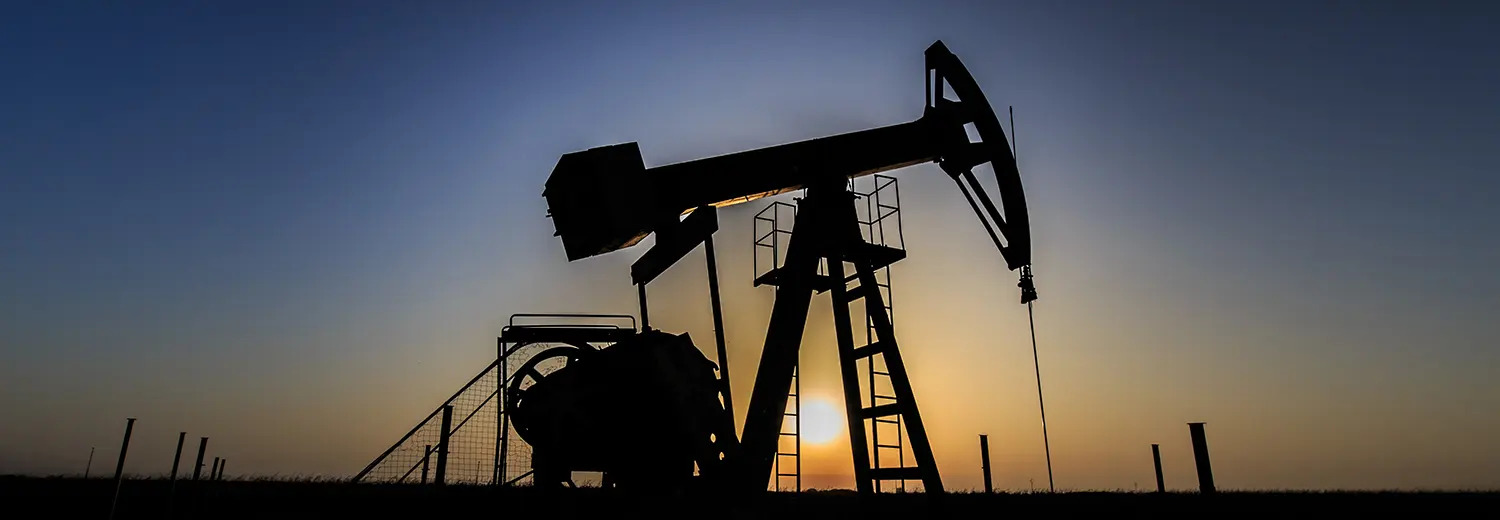Overview
A natural gas company wanted to begin an exploration campaign. It would be monitored from their field base located at a current fracking site. From the base, they needed to supervise progress, run analytics and other operational software and perform maintenance procedures as needed for equipment. The team needed a ruggedized, powerful computer at the base that could withstand intense shock, vibrations, and extreme operating temperatures.
On their exploration campaign, they wanted to incorporate an edge computing system for asset management, data analysis, and crisis control operations. Due to the high cost of exploration, they wanted to predict maintenance measures and prevent prohibitive downtime periods. They also wanted to mitigate energy waste: they needed to measure and record energy consumption by machine assets to optimize the process. They requested a text notification system that delivers warnings and a remote trigger function to shut off processes not hardwired in. The system also needed to transition past the exploration phase to monitor pressure and flow of pipelines successfully constructed.
Key Application Requirements
- Withstand extreme conditions, such as high temperatures, shock, and vibration
- Monitor voltage to determine a machine’s operational status and energy consumption
- Deliver text notifications regarding machine status and trigger emergency shutdowns
- Collect and relay data for analysis and optimization, including pressure and flow conditions
The Sealevel Solution
The Sealevel engineering team recommended a Relio R1 industrial computer for their research base needs and SeaConnect 370 IIoT edge computing devices.
The R1 is a durable machine that surpasses even military standards. It uses advanced thermal design to withstand operating temperatures from -40°C to 71°C. Zero-maintenance, this solid-state designed computer easily functions despite shock or vibration. With the quad-core processor and a wireless network option, their R1 configuration handled their computing needs easily.
Sealevel engineers customized a SeaConnect 370 IoT edge device to interface with voltage detection sensors that monitor each exploration rig’s performance. This same device monitored energy consumption by the device by interfacing with the power supply. They used a second 370 device connected to pressure and flow sensors to monitor the pipeline. By pairing the SeaConnect 370 devices with a private-labeled version of Sealevel SeaCloud software, the customer created configurable alerts and kept historical data readily available for analysis. Using this oil and gas edge computing solution, the company reduced its operational downtime and optimized energy consumption for substantial costs saving.

